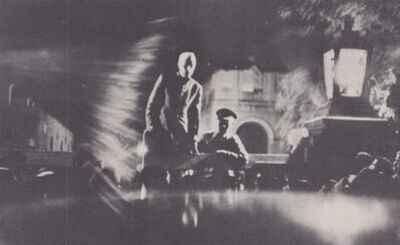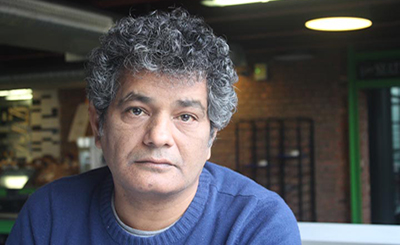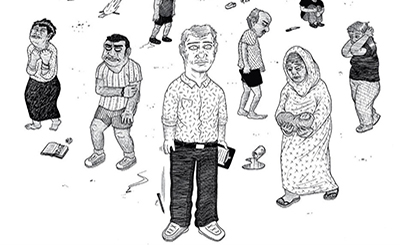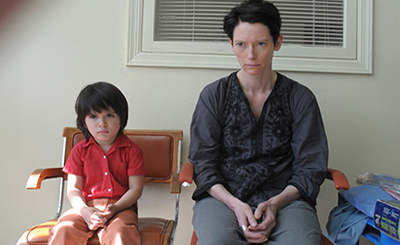
J.K. Rowling. Photo by Debra Hurford Brown, courtesy of jkrowling.com
The intricate dissection of the intersecting worlds in The Ink Black Heart refracts JK Rowling’s own rather tricky, and doubtless traumatic, relationship with social media over the past few years
When a copy of Robert Galbraith’s The Ink Black Heart: A Strike Novel (Hachette India) arrived, I was determined to shelve it in view of my steadily piling up To-Do list. Thankfully, the festive vacation came by, and I gave in to the delicious sinfulness of ignoring those To-Do’s. The Ink Black Heart had caught me unawares, more so than Troubled Blood (2020), its predecessor. I thought I would do a quick Robin Ellacott and Google it. There was no significant promotion history pre-dating its formal release on August 30 this year. Perhaps the pandemic had helped keep the blinds down? As I shall be arguing, something of this quietness is meta-textually in sync with the novel’s subject-matter. Also, the fact that it should have appeared almost exactly two years after Troubled Blood made me wonder if this hefty tome, a 1,012-page-long feat of meticulous carpet-weaving, had actually been written during the pandemic. The uncompromising length and unsparing intricacy certainly make it look the ideal fruit of elastically lengthened “pandemic time”.
It is hardly the case that Galbraith made it long for the sake of it. Nor does the length take anything away from the book’s readability quotient. I emphasise this in view of what might seem a contrary aspect of its form and matter. Galbraith compulsively details basic physical movement and locomotion, down to noting where A puts down three devices and how B presses a key to start their PC and so on. Some of these non-actions turn out to be cleverly planted red herrings, while others point to the narrator’s reluctance to let the reader give even the tiniest minutiae a miss. What they do impress upon the reader’s mind is the shadowy outline of an author writing out the action through a close-up camera for a graphic novel without graphics.
The book’s voluminousness may also be on account of its copious use of documentation. Much of that documentation is placed before the reader in the form of copy-pasted text-file transcripts of online “action”, i.e., Twitter chat histories and parallel, in-game, live, “private” chats, in two and sometimes three longitudinal columns. Naturally, such a case demands a new hybrid methodology, and Robin and Strike adapt themselves to it without much ado. Much of the investigation entails cross-checking people’s online lives, avatars, and handles against their offline locations and activities with the help of the now growing agency’s pool of sub-contractors. From very early on in the book, then, the reader too is co-opted into the investigative process flagged by shifts both in the book’s visual grammar and speech-types.
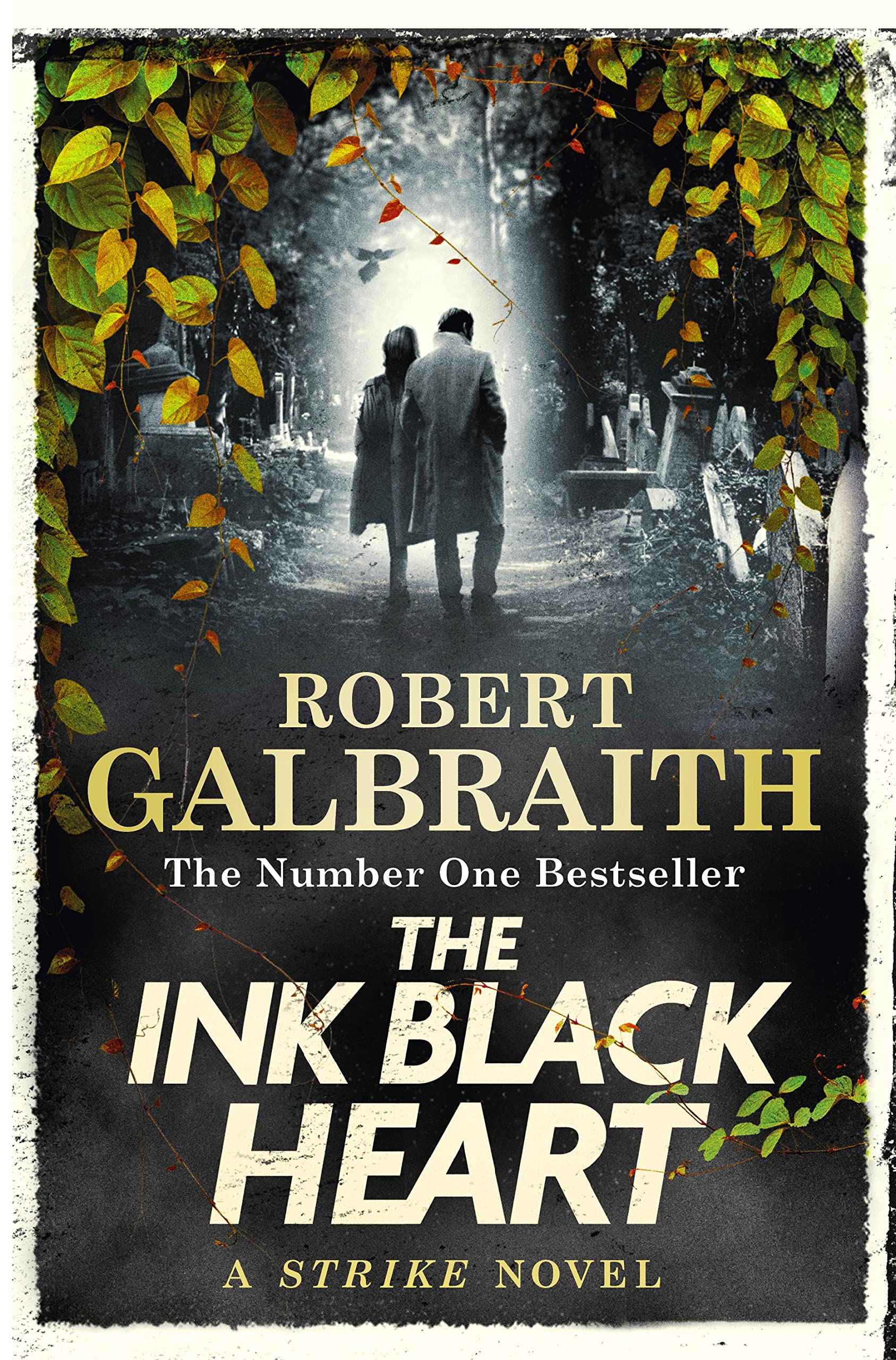
In hindsight then, the mundane physical detailing could well be Galbraith’s way of keeping us aware of our embodied, lived-in reality, while we keep the two detectives company at negotiating the immersive world of alternative reality. When, at the end of the book, Galbraith acknowledges Decca, “the tech genius” for “saving her book and her sanity”, there is a sense that The Ink Black Heart has all along been her way of discovering and dis-covering our proliferating devices and the labyrinthine inroads of augmented reality dominating digital audio-visual entertainment. This is the most relatable aspect of the book’s representativeness as a contemporary social novel: the way it mirrors our naturally unnatural cohabitation of the real and the hyperreal, the offline and the online worlds. The other would be its simultaneous exploration of living language. Accents, speech mannerisms and stock phrases, all unquestionably inflected by technological exigencies, are reproduced with astonishing variety and phonetic attention. This is again perhaps Galbraith’s way of compelling readers, otherwise disgruntled by what they see as the sad bankruptcy of the spoken language among the youth, to sit up, engage with and comprehend the changing social dynamics of communication. The reader is made a co-infiltrator in this strange new habitat. There is no shying away.
Whether or not the pandemic helped keep the book a secret till it arrived, what really explains the need to keep it under wraps is the sensitive topicality of the theme and the plotline, in which Far Right politics, online games, Twitter, Bitcoin, and the disaffected Generation Z mingle with frighteningly convincingness. The intricate dissection of the intersecting worlds in The Ink Black Heart also refracts Rowling's own rather tricky, and doubtless traumatic, relationship with social media over the past few years. If she does transpose slivers from her personal experience into the book’s social ecosystem, it is with a mixture of clinical neutrality and subjective empathy, rather than self-pity.
The resultant ambivalence is key to the carefully balanced ethical resolution offered in the end. Like people within it, the novel’s creator too finds herself treading a tenuous line between candour and correctness. Writers, creators, artists, film-makers are more vulnerable than ever in today’s world of unceasing online scrutiny and censure. Rightly or wrongly, after centuries of one-sidedness, we are now seeing a certain militant overdrive about re-setting and re-centring narratives from the past and the present, the margin and the centre alike. As I write this, two teenagers have defaced Van Gogh’s Sunflowers at the National Gallery, London, to protest oil and food prices. The questions they raise are legitimate; but what about the means and the method?
Also read: Deepti Naval’s A Country Called Childhood: Misty Watercolour Memories
No other Strike novel is so intensely preoccupied with the parallel digital lives humans today lead. No other Strike novel focuses so relentlessly on the absorption of the teens and the twenty-somethings, over all others, in this digital explosion. Social media is everybody’s grey area, but the young are at the epicentre of it all. They are drawn like moths to this seeming panacea and placebo in a world broken by its own fractiousness, and become clueless co-victims and co-perpetrators of a manufactured toxicity. The menace lies in the spiralling loss of control over little moment-to-moment everyday choices.
As creator of the plot, Galbraith seems to be underlining the banality of this “small world” in the David-Lodge-ian sense. The good, the bad, the ugly … nothing is quite outside of it. The permutations and possibilities can neither be altogether “wild” nor “epic”, as young people today would exclaim. Instead, think of a scenario where the circumstances are simple and familiar, but the plot is thick, if not dense; and that is The Ink Black Heart for you. The closest equivalents might be found in Albee and Pinter.
Just so that it does not get too prickly, the author deliberately dates the case in 2015, and the action leading up to it between 2011 and 2015. Even so, The Ink Black Heart is emphatically about life in the present; and historians of the present, while not always capable of presaging the future, can excel at unravelling the knotty tangle of social, economic and political conditions that directly or indirectly shape personal, familial and community life around them. Without that acumen, Rowling would not have been able to bring Harry Potter and his friends into the world.
That brings us in turn to the universe of children and young adults’ minds of which Rowling has a particularly intuitive understanding. It is this slice of her novelistic imagination that she restores and recycles for writing The Ink Black Heart; motivated, all along, by the visibly growing, alarmingly obvious, tentacular grasp of the internet on this particular segment of an otherwise rapidly ageing world population. Strike can barely suppress his indignation at one point, exclaiming, “Well, let’s hope her mother keeps her off the internet.”
The irony is that the necessary evil called the internet and the social media have also significantly reduced our time for undivided, uninterrupted engagement with thoughts and things. Galbraith is probably hoping that then young adults, now grown-ups, and their parents, all of whom had taken to the fairly compendious Harry Potter series, would continue to find the time to read The Ink Black Heart for its 1,012 pages of sheer, compelling magic. Fingers crossed!
More from The Byword
Comments
*Comments will be moderated




